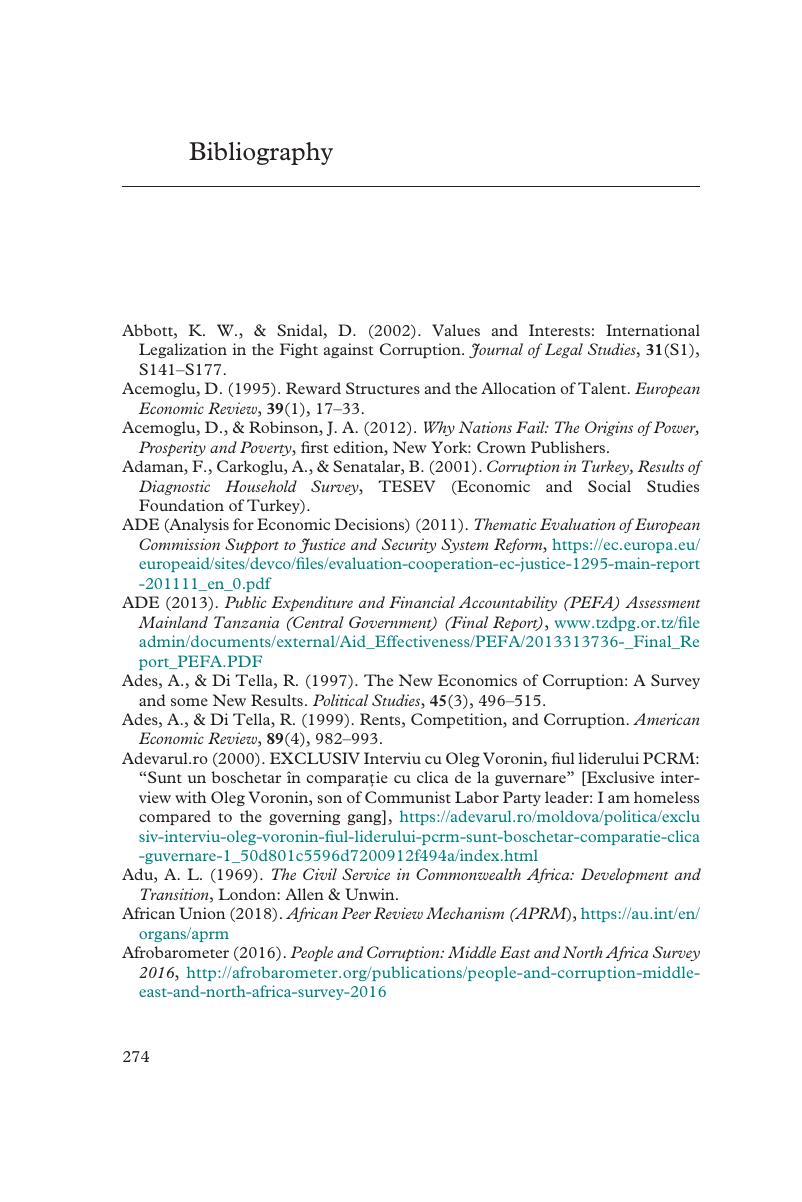Book contents
- Europe’s Burden
- Europe’s Burden
- Copyright page
- Contents
- Figures
- Tables
- Acknowledgments
- Abbreviations
- 1 The Blueprint
- 2 The Concepts
- 3 Theories of Change
- 4 Doctrine and Practice
- 5 Old Europe: Stagnation and Decay
- 6 The New and the Hopeful
- 7 The Quest for the Rest
- 8 Europe’s Choices
- Indicators Frequently Used in This Book
- Bibliography
- Index
- References
Bibliography
Published online by Cambridge University Press: 18 November 2019
- Europe’s Burden
- Europe’s Burden
- Copyright page
- Contents
- Figures
- Tables
- Acknowledgments
- Abbreviations
- 1 The Blueprint
- 2 The Concepts
- 3 Theories of Change
- 4 Doctrine and Practice
- 5 Old Europe: Stagnation and Decay
- 6 The New and the Hopeful
- 7 The Quest for the Rest
- 8 Europe’s Choices
- Indicators Frequently Used in This Book
- Bibliography
- Index
- References
Summary

Information
- Type
- Chapter
- Information
- Europe's BurdenPromoting Good Governance across Borders, pp. 274 - 310Publisher: Cambridge University PressPrint publication year: 2019
